Why Does My Oil Light Come On and Off? (Reasons & Solutions)
The oil light serves as the indicator that there is something wrong with your vehicle’s oil system.
So, if your oil light comes on and off, then it is a sign that your oil system is compromised, and you will have to take action to prevent any critical damage to your vehicle.
7 Most Common Reasons Behind Oil Light Blinking
Here are the most common reasons why your oil light is blinking:
#1- Low Oil Level

This is arguably the most common reason for oil light illumination. When the oil level drops below the required level, your oil pump will start to struggle to circulate oil throughout the engine.
This can result in low oil pressure, triggering the oil light.
You may encounter low oil levels due to leaks, inadequate oil changes, or sometimes due to burning oil.
#2- Oil Pressure Fluctuations
If there are some temporary fluctuations in oil pressure, like, during cold starts, it is normal to see the oil light illuminating until the oil reaches the required pressure. When that is the case, then there is nothing to be worried about.
However, if the light continues to flicker or stays on, it could indicate an issue with the oil pump, oil filter, or oil pressure relief valve.
#3- Faulty Oil Pressure Sensor

The oil pressure sensor triggers the oil light if something is wrong. But when they can’t send optimal information, they will let the system know by turning the oil light on.
Over time, these sensors can wear out or become clogged, leading to inaccurate readings.
#4- Clogged Oil Passages
The engine’s oil passages can face dirt, sludge, or debris accumulation which can hinder the proper flow of oil. This will result in reduced oil pressure and trigger the oil light.
#5- Engine Wear and Tear
Over time the engine components will experience wear and tear, leading to increased clearances and potential loss of oil pressure.
Bearings, piston rings, or valve seals can contribute to creating low oil pressure, which can cause the oil light to turn on.
#6- Wiring or Electrical Issues
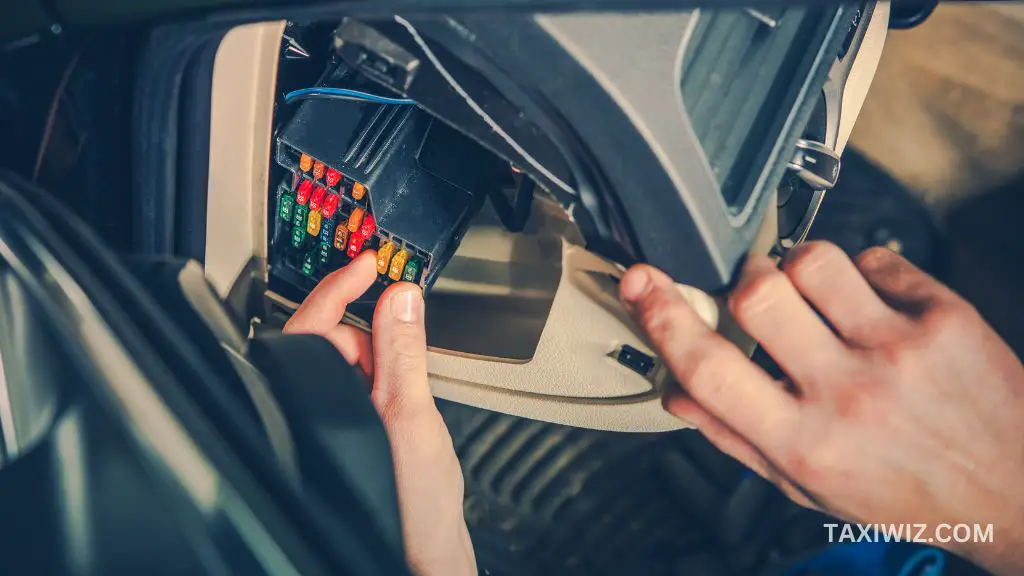
Faulty wiring connections like a damaged oil light switch or a malfunctioning instrument cluster can also cause the oil light to flicker or come on and off.
Looking into the wiring harness, connectors, and electrical components related to the oil light system circuit will provide more insight into this matter.
#7- Ambient Temperature Effects
The environment can play a big role in your engine’s oil pressure. Extreme temperature conditions, like very hot or cold environments, can affect oil thickness.
If it becomes too thin or thick, then that can impact oil pressure and trigger the oil light.
How To Fix Oil Light Coming On & Off?
You can follow these steps to take care of your oil system malfunction issues:
- Ensure Sufficient Oil Level
When the oil level is below the recommended range, fill it up with the manufacturer’s recommended oil type and viscosity. You shouldconsult your vehicle’s manual for this.
If the drop is due to leaks, then you will need to find it and patch it up before you can move on and fill the oil reservoir. Get a professional to inspect the engine for leaks and repair the damaged parts if possible.
- Prevent Oil Pressure Fluctuations
To ensure oil pressure fluctuations, you will need to perform an oil pressure test using a mechanical gauge. This will provide a proper insight into what is going on with your oil pressure.
If the oil pressure consistently reads low, then you will have to opt to replace the oil pump. Along with that, you may also have to replace the oil filter and some pressure relief valves.
- Replace the Faulty Oil Pressure Sensors
When there is a faulty oil pressure sensor, you have no option but to replace it. You should be able to find the oil pressure sensor near the engine block.
So, find it in the engine bay and disconnect the electrical connectors. Then just remove the old sensor, and install a new one. Make sure that the new one matches the vehicle model and engine.
- Engine Flush the Clogged the Oil Passages
An engine flush using a specialized cleaning agent to the engine oil, which you will run in the engine for some time, and then drain out the oil, which will then contain all the dust and dirt accumulated in the oil passages.
Afterward, just simply add new oil to your engine, and you will see the oil light turn off immediately.
Some car models need to follow specific instructions before performing an engine flush. So, make sure to consult your vehicle’s manual before you try it.
- Replace Worn Out Engine Components
You should have a professional mechanic do a thorough of your car engine. They can assess the engine’s condition, inspect components and determine the necessary repairs and replacement.
You can also find the issues by yourself if you have enough knowledge and understanding of engine components.
- Repair or Replace the Wiring & Electrical Connectors
Find the wires and electrical connectors that may have suffered from damage, loose connections, or corrosion.
You’ll need to fix or changethe damaged wiring or connectors. Ensure all connections are secure and properly seated.
Sometimes, the oil pressure sensor or oil light switch can be faulty. So, you may have to replace that as well.
The ECU can also suffer from malfunction. But to determine that, you will have to take the car to a professional and get the ECU replaced by them.
- Tackle the Ambient Temperature Condition
You will need to change your oil thickness based on the temperature. Thicker oil (higher viscosity) is suitable for hot climates, while thinner oil (lower viscosity) is better for cold climates.
Consult your vehicle’s manual to find out the recommended oil viscosity for your specific climate conditions.
You can also go for synthetic oils, as they are known to have more stable viscosity characteristics across a wide temperature range.
Why You Shouldn’t Ignore Oil Light Warning?
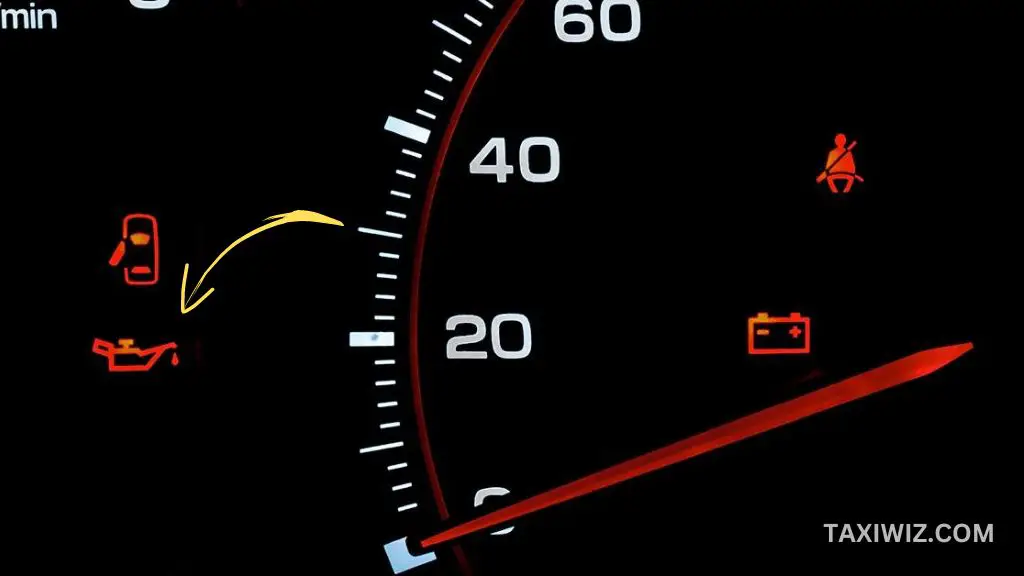
When you see the oil light illuminating, you shouldn’t ignore it. Addressing this issue is significant for several reasons:
Engine Health and Performance
The oil light is a crucial indicator of potential problems in your engine’s oil system.
If you ignore the light, then it can lead to insufficient lubrication, increased friction, and accelerated wear on engine components. This will significantly decrease engine performance, fuel efficiency, and overall engine health.
Trigger Engine Damage
Low oil pressure can lead to some serious damage to your engine components.
And if you continue to ignore this then this low oil pressure can lead to engine overheating, increased friction, and even complete engine failure.
Overall Safety
A malfunctioning engine can compromise your safety and the safety of others on the road. Engine problems can lead to sudden breakdowns, loss of power, or erratic driving behavior, increasing the risk of accidents.
Cost-Effectiveness
Addressing the issue as soon as it turns up will help you to prevent further damage and costly repairs.
Longevity of the Car
Proper maintenance and addressing oil system issues contribute to the longevity of your vehicle.
By properly lubricating your engine, you can ensure that it is functioning optimally, you can extend the lifespan of your vehicle, and enjoy its performance for a long time.
Frequently asked questions (FAQs)
1. Should I immediately pull over when the oil light comes on?
Yes, it is recommended to pull over safely and turn off the engine when the oil light comes on to prevent further damage.
2. Does using additives or treatments improve low oil pressure issues?
While some additives claim to improve oil pressure, addressing the root cause of low oil pressure is generally recommended rather than relying on additives.
3. Is it necessary to reset the oil light after addressing the underlying issue?
After resolving the issue, it is important to reset the oil light or have it reset by a professional to ensure accurate monitoring of future oil pressure.
4. How often should I check my engine oil level?
You should check your car’s engine level at least once a month or as specified in your vehicle’s owner’s manual.
5. Can driving on steep inclines or declines affect oil pressure and trigger the oil light?
Yes, driving on steep inclines or declines can temporarily affect oil pressure due to oil movement within the engine.
Final Thoughts
If you have found the oil light illuminating, then don’t sit on it.
This is a major warning sign, so you should stop your car at first sight, find out the issue and take proper action to stop the light from blinking.
Video References
Error Code Guy


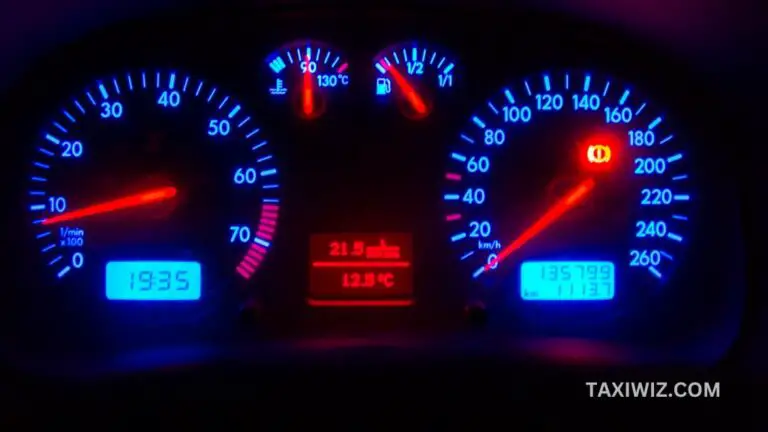
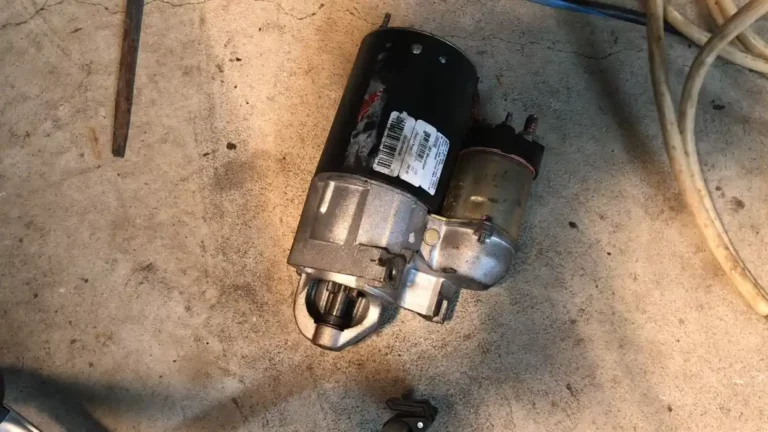
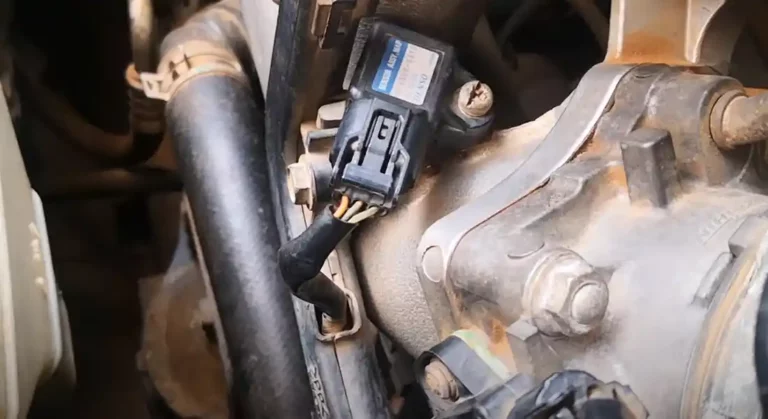
![Where Is the Starter Located On A Car? [Answered!]](https://taxiwiz.com/wp-content/uploads/2023/07/Where-Is-the-Starter-Located-On-A-Car-768x432.jpg)